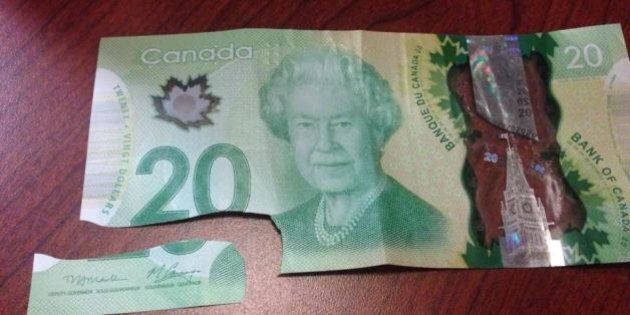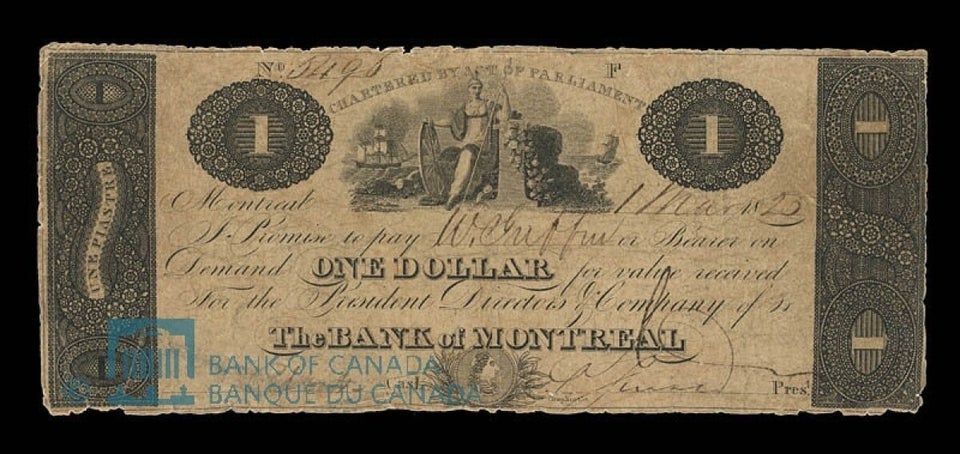
Can Canada’s new polymer bills withstand Canada’s frosty winters?
It’s a question some have asked after a Redditor shared a photo of a broken bill, saying it got stiff in Calgary’s -30 C weather and the corner snapped off. But The Globe and Mail put the claim to the test.
Journalist Hannah Sung placed a $20 bill in a freezer that produces -30 C temperatures for 15 minutes. It came out a little cooler, but no worse for wear. So perhaps they’re tough enough after all?
The bills, the first of which have been in circulation since November 2011, are supposed to last two and a half times longer than the old paper bills. They were tested in 140 C and -75 C temperatures, and were tested for durability using washing machines and a tumbling apparatus, according to the National Post.
Yet complaints have still surfaced about the new polymer money, most notably reports about bills melting in hot conditions.
The Bank of Canada has brushed off the reports, and has said rumours about melting bills were “merely an urban myth.”
“Your new polymer notes can withstand Canada’s hottest summers and coldest winters. As well, polymer notes are used in countries such as Singapore, Mexico and Australia, where the climates are much hotter than in Canada,” it said in a press release earlier this year.
Have you seen heat or cold affect the new polymer banknotes? Tell us in the comments.
Also on HuffPost
